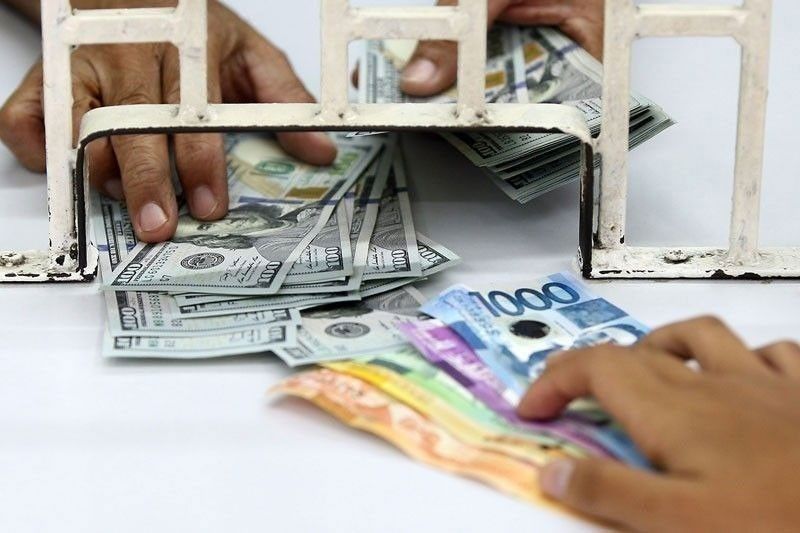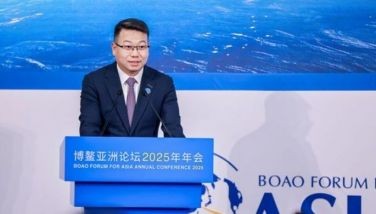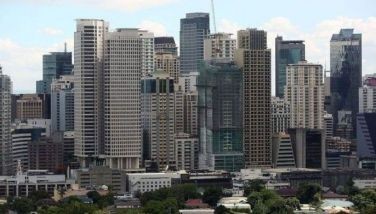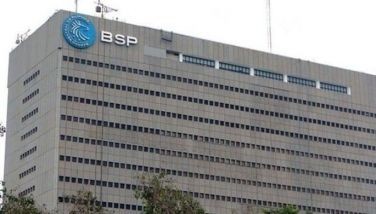Philippines among top recipients of remittances this year

MANILA, Philippines — The Philippines is expected to be among the top recipients of remittances this year, with money sent from overseas seen to reach $38 billion, according to the World Bank.
“The top recipient countries for remittances in 2022 are expected to be India, establishing a benchmark of $100 billion, followed by Mexico with a tally of $60 billion (which replaced China in second position during 2021), and China, Philippines, and the Arab Republic of Egypt,” the World Bank said in its latest Migration and Development Brief.
Remittance inflows to the Philippines are projected to rise by nearly four percent to $38 billion this year from $36.7 billlion a year ago.
On the other hand, remittances to China are estimated to reach $51 billion this year, while Egypt is expected to receive $32 billion in the same year.
For this year, remittances to the Philippines are expected to account for 9.5 percent of the country’s gross domestic product.
The World Bank said remittances to the Philippines are expected to grow this year as it benefits from arrangements with destination governments including Saudi Arabia for improved treatment of overseas Filipino workers.
“The ban on emigration to Saudi Arabia due to the abusive treatment of workers was finally lifted in 2022. And demand for skilled Filipino workers in the health and hospitality sectors from new OECD (Organization for Economic Cooperation and Development) destinations boosted remittances,” it said.
Like Vietnam, the World Bank said the Philippines has gained from wage hikes and labor shortages in the US and the United Kingdom, with nearly 40 to 60 percent of their emigrants employed in these two countries. This came despite the phaseout of subsidies provided due to the pandemic, and the record-high inflation, which eroded ability to send remittances.
For next year, the World Bank said remittances to the Philippines are seen to pick up by two percent to $39 billion.
For the East Asia and the Pacific region, remittances are estimated to have risen by only 0.7 percent to $134 billion this year, the World Bank said.
Remittances to the region are seen to decline slightly to $133 billion next year.
Excluding China, the multilateral lender said remittances to the East Asia and the Pacific region likely grew 3.7 percent to $83 billion this year.
For next year, remittances to East Asia and the Pacific excluding China are projected to rise slightly to $84 billion.
“Developments in destination countries will likely play the largest role in determining results. A low-growth or high-inflation scenario will depress East Asian migrants’ ability to remit,” the World Bank said.
For low-and middle-income countries, the World Bank estimates remittance flows to have posted a 4.9 percent growth to $626 billion this year from $597 billion last year.
The World Bank said remittance flows to developing regions this year show the migrants’ determination to help their families back home, as well as improved income and employment status of overseas workers with the reopening of various sectors in host countries.
Rising prices and currency exchange rates, however, also affected remittance flows.
For next year, remittances to low and middle-income countries are expected to rise to $639 billion.
Globally, the World Bank expects remittance flows to reach $794 billion this year, up from $781 billion in 2021.
For next year, the World Bank expects remittance flows in the world to increase to $815 billion.
“Migrants help to ease tight labor markets in host countries while supporting their families through remittances. Inclusive social protection policies have helped workers weather the income and employment uncertainties created by the COVID-19 pandemic. Such policies have global impacts through remittances and must be continued,” said Michal Rutkowski, World Bank global director for Social Protection and Jobs.
- Latest
- Trending

























